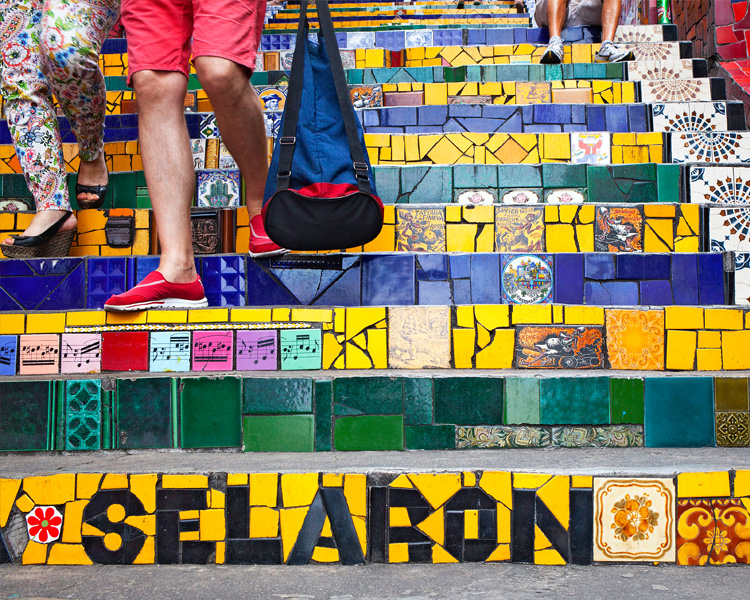They’re everywhere. When I emerge from the Metro in central Kyoto, I spot three women wearing kimonos waiting at a pedestrian crossing. I stare at the huge, elaborate butterfly-like bows that make the back view of a kimono just as lovely as the front. They are colourful, pretty and exquisite.
When the buzzer goes and the three beauties cross, I want to follow them. Then I see five kimono-wearing women crossing towards me, a mother and daughter strolling along in matching kimonos – that’s sweet – and teenage friends perfectly coordinated in pink. I relax. I don’t have to stalk the first kimono wearers I see. They are everywhere on this sunny, spring Sunday.
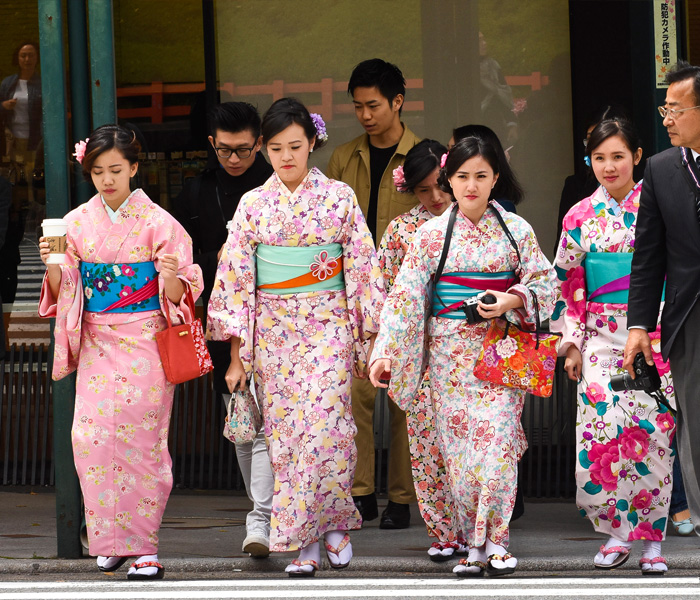
Japanese dressing is generally conservative.
Week days are all dull dark suits for men and women as they head for work on their perfectly on-time trains. Even fashionistas are fairly conservative.
“Cute”, as in pretty, is the fashion ideal rather than “hot” as in sexy.
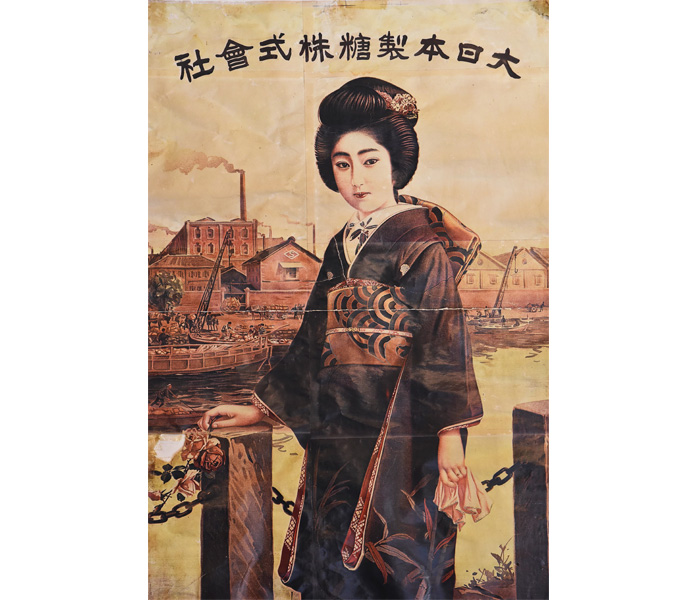
Kimonos are pretty and feminine and, because they’re traditional, even grannies approve. Kimono wearers are, however, conspicuous. The younger women expect to be admired and, given the number of selfies they’re taking, they are definitely proud of their outfits.
The winter has been long and cold, and now it’s spring with flowers busting out in joyful colour in gardens, parks and pots. To celebrate the season, kimonos come in an endless variety of floral patterns.
There is also huge variations in obi, the cummerbund that wraps around the upper middle, and ties in different fancy ways at the back.
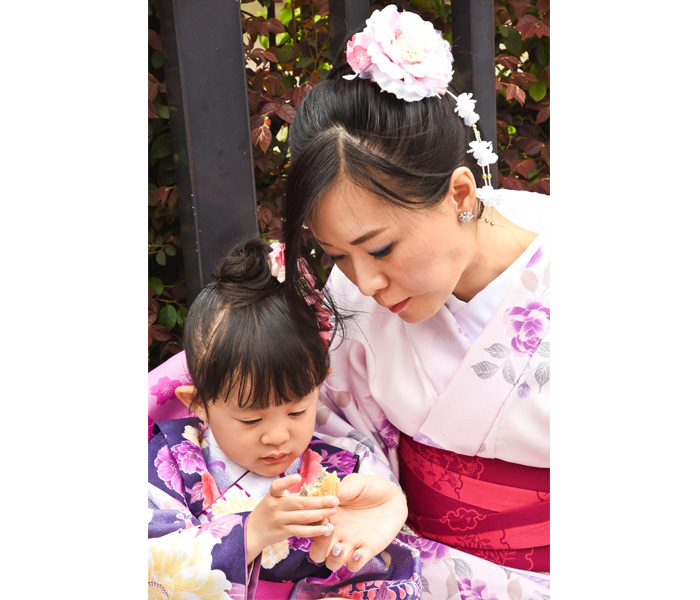
Let’s not forget the accessories.
The outfit requires thong sandals, worn with white split-toe socks, handbags that tone with the ensemble and lots of floral hair decorations.
My Japanese friend Yuri gives me an insight into the complexities of kimono wrapping and wearing. The real deal is fully lined in a different colour so that the lining can be seen inside the hanging sleeves, around the neck and where the front opens when women walk.
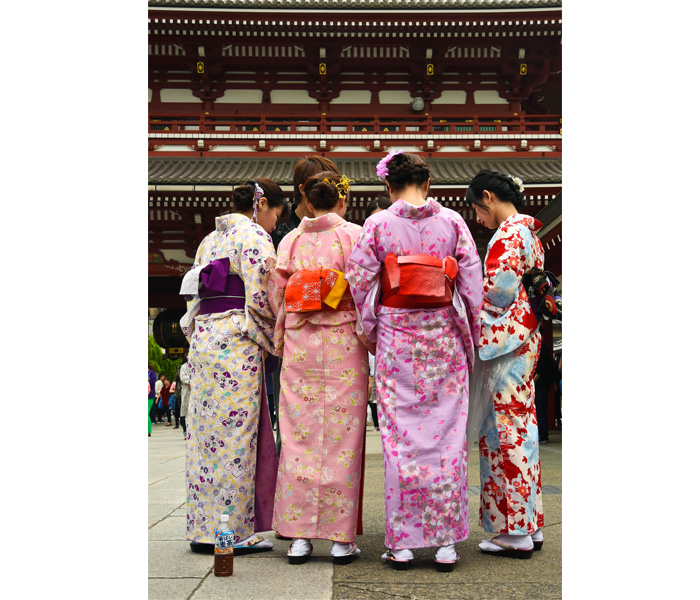
The traditional obi is four metres long and wrapped so many times that it doesn’t bend or crease. But these are a fuss to wear so, except on important occasions, such as weddings, 20th birthdays, graduations and temple ceremonies, many women opt for a cotton yukata, the informal kimono lookalike with a shorter obi and a clip-on bow.
Still, one can’t hurriedly fling on a yukata – it takes half an hour to wrap. I try one on with Yuri wrapping, pulling and tying.
The problem is, I’m too tall. For the robe to touch my ankles, which it must, there is no material left to ruche at the waist. The white split toes socks are out of the question – my feet are simply too big. The wooden sandals, well, never mind that my heels hang far over the back.
How expensive are they? I visit Takashimaya, a posh apartment store, where there is a floor devoted to kimonos and accessories. Hand-embroidered or hand-painted silk kimonos sell from between $4000 and $10,000.
A beautifully embroidered obi might cost the same amount. Yukata are so inexpensive that there are none in Takashimaya. Nishijin textile centre is the place for them. Here one can buy pretty floral cotton prints for $60. And gaudy synthetic imitations for half that.
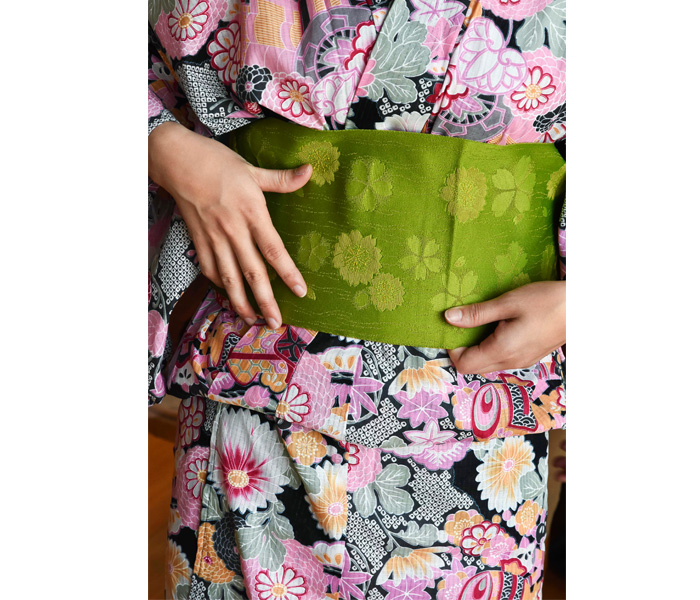
An obi – the traditional waist fastening – can be just as pricey as a kimono.
I don’t buy a yukata but, if I absolutely had to, it would be one of the unaffordable hand-embroidered ones and I would hang it on a wall.
But dressing up is loads of fun. And that’s why so many women in Kyoto get dolled-up in a kimono or yukata, with all the accessories, and head downtown to be seen. They stroll around, visiting temples and taking photos of themselves looking floral, feminine and proudly Japanese.
An insider’s guide to Kyoto
Get there: Air New Zealand flies to Tokyo every day. Check out airnewzealand.co.nz.
Best meal: Kyoto is famous for tofu. Tousuiro, in Gion, serves numerous different courses all based around tofu. Find out more at tousuiro.com.
Best obscure visit: The Arashiyama Bamboo Grove. It’s big and beautiful – bamboo on steroids.
Best things to do: Stroll through Gion, the old part of the city. For a mind-warping contrast, explore the vast and futuristic railway station.

